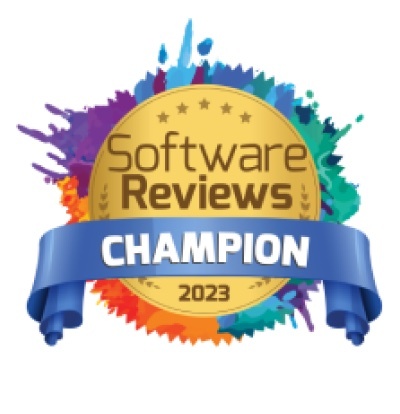First, what active metadata management isn’t:
“Okay, you metadata! Quit lounging around! We’re gonna move those bits and bytes! Everyone, get into position and… one – and zero! And one – and zero!”
Now, what active metadata management is (well, kind of):
“Okay, you metadata! Quit lounging around! You’re going to start pulling your weight here and deliver actionable insights that we can use to improve our business immediately!”
Fortunately, you don’t need to be an aerobics instructor or an intimidating taskmaster to get your metadata out of its sedentary, couch potato lifestyle deep within your BI systems and get it actively working for you.
What do you need?
Instructions, Please!
A friend of mine is a born-again DIYer. The number of tools she owns rivals the number of data assets in the average organization’s BI landscape (well, not really, but every time I ask to borrow a screwdriver, it feels like that).
If you would put me in her toolshed with a heap of wood, and let me use any tools I want to craft a piece of furniture, you can bet that I will go for the saw, hammer, screwdriver, and drill that I recognize. I will, of course, end up with a very amateurish finished product, because I used sub-optimal tools to do the job. Not because the optimal tools weren’t there (they were right in front of my nose!), but because I didn’t know the details of what to use them for and how to use them correctly.
What I needed was for each tool to be labeled with its indicated uses, indicated materials, how to manipulate it correctly and what other tools to use in conjunction with it (hint: if you try to use an Allen wrench with a Phillips head screw, you’re in for frustrating times).
Data assets are tools. Metadata are the details on those tools: what they are, what to use them for, what to use them with.
Without metadata, a data asset is a liability: lots of numbers and words just taking up space.
Managed metadata means that the details are organized and accessible. They are available for search and discovery by users, to guide them to the data they are seeking. If you’re looking for data assets related to annual revenue, or created between August 2020 and January 2021, or owned by Mary Brown, the metadata will let you find it. Managed metadata powers data catalogs, data lineage solutions, or any other tool that provides you with useful information about your data.
Just because you have metadata, or even metadata management, however, doesn’t mean you’re going to craft beautiful, professional, business-growing action items out of your data.
That takes active metadata management.
Let’s Get Active!
All the metadata and metadata management described above is passive. You as the user have to initiate the interaction in order to gain anything. It’s all there for the taking, but you have to actually take it.
In contrast, when machine learning and algorithmic analysis enter the picture, finding patterns and anomalies, asking questions and drawing conclusions, metadata management becomes active and intelligent.
An active enterprise metadata management strategy can highlight data quality and data privacy issues, correct reports, enrich data science models and point out business opportunities and risks.
Sometimes active metadata management can complete an entire process from initiation to action or resolution without the need for human involvement, and sometimes humans do need to be actively involved in the process. Let’s take a look at one example from each.
Let the Machines Have It
Regulatory compliance, or any other policy-based area, is a great candidate for active and automated metadata management. Let’s say your privacy policy or applicable regulatory standard like GDPR mandates that birthdates be masked unless the user has a certain access permissions profile. An active metadata management solution can use the metadata of data assets, tables and columns to identify fields that contain birthdates and automatically mask them for users with non-qualifying access profiles.
When It Needs a Human Touch
Where the action isn’t dictated by a policy, but rather subject to a subjective judgment call, active metadata management brings humans into the loop. No matter how learned your machine is, you probably don’t (yet) want it investing millions of dollars into opening up a new business line without your go-ahead.
For instance, your active metadata management solution identifies a data pattern that is likely to represent a data quality issue. By analyzing the data lineage back to the source, the active metadata management tool can even be relatively confident where the issue originated. But you’d prefer that your metadata solution not mess with the numbers on its own, so a dashboard alert or a workflow brings the issue to the attention of the right user on your data team.
Transforming Metadata Management
The benefits of active metadata management include more accurate, trustworthy data, better compliance, and more informed decision-making – and all this while saving time for the humans on your BI team and enabling them to use their intelligence and abilities where your organization can really benefit.
If you want, you can use some of that saved time to do a dance of joy. Remember, human brains also need to be active to get the most out of them.











